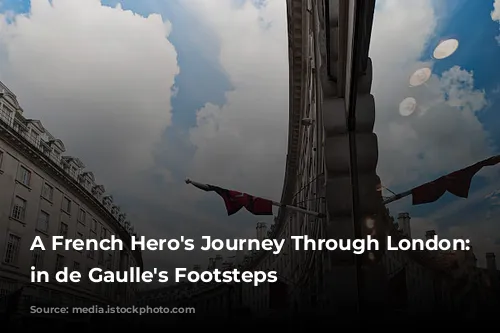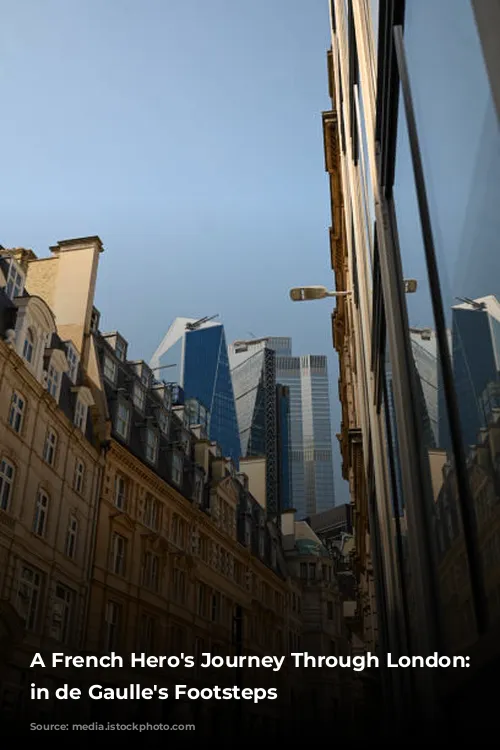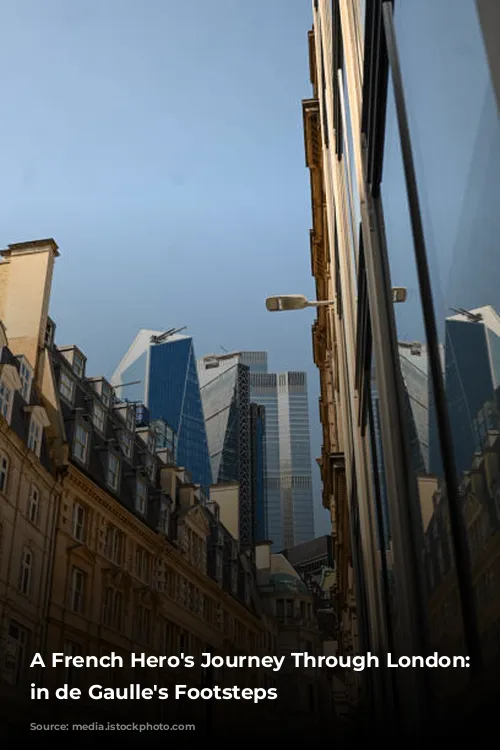Charles de Gaulle, a junior minister in a crumbling government and a relatively junior general in a collapsing army, arrived at Heston airport on Monday, June 17, 1940. He had just completed a grueling and dangerous journey from Bordeaux. Few of his British hosts knew who he was, except for Winston Churchill. During his visits to France, Churchill had noticed “a young, energetic general called de Gaulle.”

The Birth of the Free French in London
The next day, de Gaulle recorded his historic first speech at Broadcasting House. In it, he urged the French people to continue fighting against the armistice being negotiated by the Pétain regime. For the next three years, as the leader of the Free French, de Gaulle lived and worked primarily in London. There are many places in London that hold a connection to de Gaulle’s legacy, as any London Blue Badge Tourist Guide can tell you.
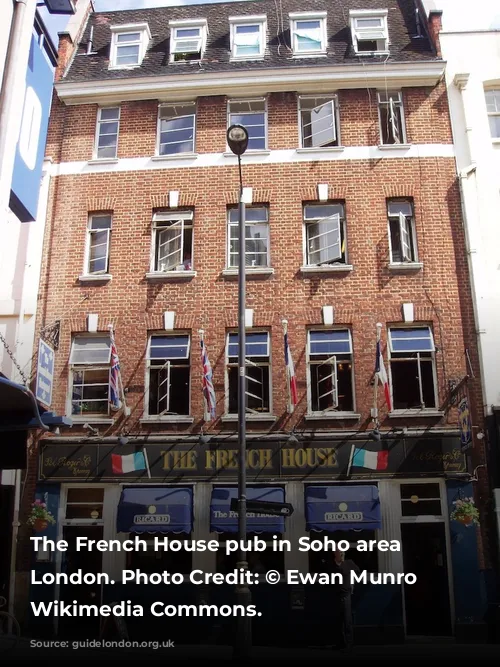
Tracing the Free French Headquarters
The Free French initially set up their temporary headquarters in St. Stephen’s House on the Victoria Embankment, currently part of the Parliamentary Estate and known as Norman Shaw South. In July, they moved to their permanent headquarters at 4 Carlton Gardens, a building in the contemporary neo-classical style dating back to 1923-24.
This building is adorned with two memorial plaques commemorating de Gaulle and the Free French. One blue plaque states that de Gaulle, as President of the French National Committee, established the headquarters of the Free French Forces there in 1940. The other rectangular plaque, erected in 1947, features de Gaulle’s stirring words from his Appeal of June 18th, inscribed in both French and English. Across the road, on a tall plinth, stands Angela Conner’s statue of de Gaulle, unveiled in 1993. It depicts him in the uniform of a général de brigade (brigadier), his rank in 1940.
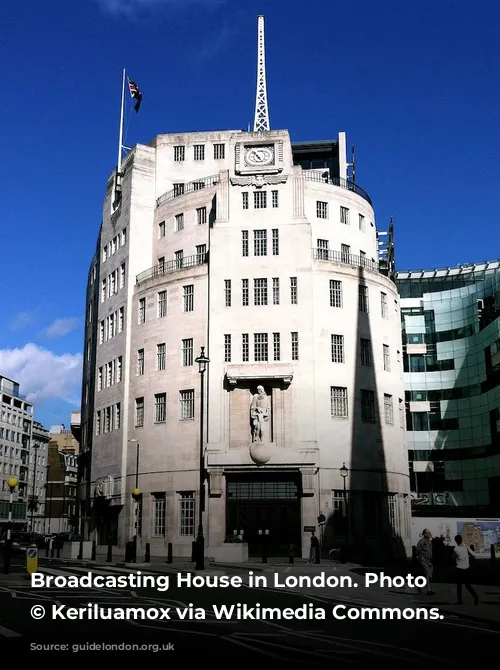
Family Reunions and Wartime Disruptions
After his initial days in London, de Gaulle stayed at the Rubens Hotel on Buckingham Palace Road. It was here on June 20th that he was reunited with his family: Mme Yvonne de Gaulle and his children, Philippe, Elisabeth, and little Anne. They had also endured a perilous journey from Brest to Plymouth by sea. Philippe de Gaulle later recalled that the reunion at the Rubens was one of the few times he had seen his parents kiss.
The family initially settled in Birchwood Road, Petts Wood, allowing de Gaulle to commute daily to Carlton Gardens. However, nearby Chislehurst Junction was a frequent target for Hitler’s Luftwaffe. The constant explosions deeply distressed Anne de Gaulle, who had Down’s syndrome.
As a result, Yvonne de Gaulle and the children relocated to a house in Shropshire, approximately 300 kilometers from London. This led to a period of isolation for Mme de Gaulle and her children, as de Gaulle rarely had time to visit them. The family moved again to Little Gaddesden, a village in Hertfordshire, allowing de Gaulle to spend weekends with them. During the week, he resided at the Connaught Hotel.
Finally, in September 1942, the family settled in London at 99 Frognal, in Hampstead. De Gaulle, a devout Catholic, regularly attended mass at St. Mary’s Church, a church built in the 1790s for French Catholic émigrés.
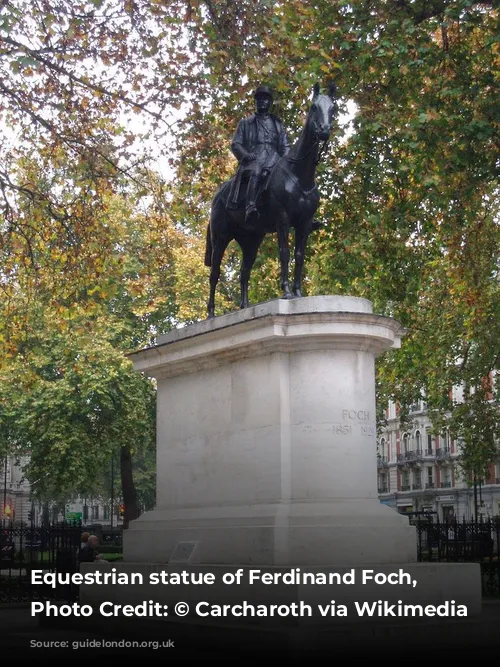
London’s French Community: A Place of Refuge
For centuries, London has welcomed French émigrés. Soho, in particular, has been home to a thriving French community since the early eighteenth century. There were French shops and restaurants, and many Free French spent their off-duty hours there. One place in Soho that holds especially fond memories of the Free French is the former York Minster pub, renamed The French House in their honor.
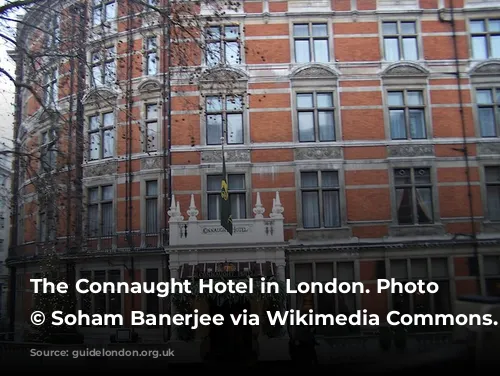
De Gaulle’s London Social Life: Power Lunch Diplomacy
While de Gaulle rarely frequented Soho, he often dined at the Connaught, sometimes in a Pall Mall club, and sometimes in one of London’s celebrated French restaurants, like The Coq d’Or or The Savoy. He understood the importance of the working lunch as a social mechanism within the British Establishment and held numerous important discussions about the conduct of the war and the future of France and Britain over lunch. Of course, these conversations were held in French.
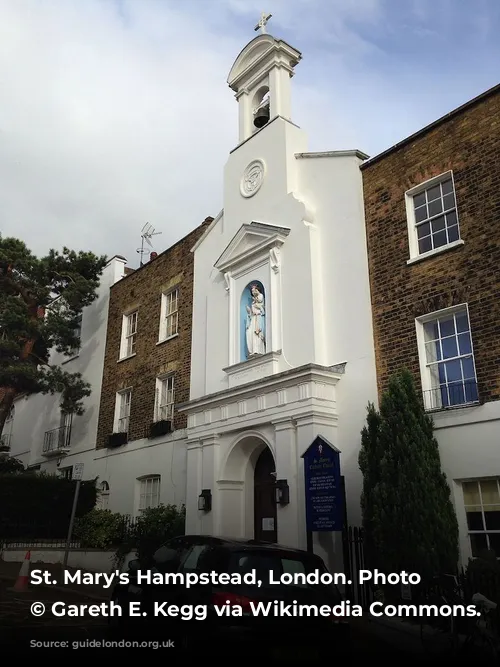
A Recognizable Figure: The Tall General on the Streets of London
During good weather, de Gaulle often walked from Carlton Gardens to the Connaught for lunch. His immensely tall figure, clad in the familiar uniform of a French officer, was easily recognized. Although his strained relationship with the British government was a matter of historical record, ordinary British people were largely unaware of it at the time. As de Gaulle strode through St. James’s and Berkeley Square at lunchtime, he was often greeted and applauded by passersby.
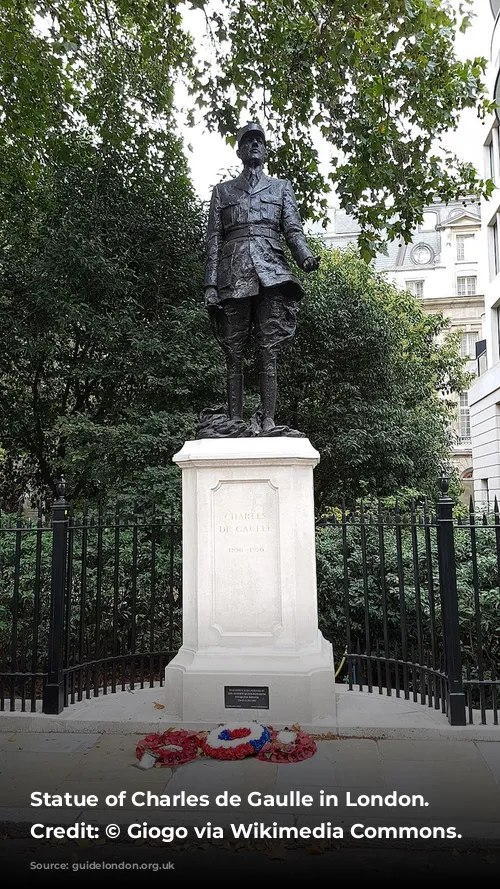
Public Appearances and a Symbolic Statue
Besides 10 Downing Street and Broadcasting House, a number of London’s most famous buildings have a connection to de Gaulle. He spoke several times at assemblies of the Free French community at the Albert Hall, and his speeches were included in the daily broadcast to occupied France, “Les Français parlent aux Français”. On one occasion, he addressed members of the Lords and Commons at the Houses of Parliament in English. The statue of Marshal Foch in Grosvenor Gardens was an important rallying point for the Free French. During the war years, a regular parade took place there on Bastille Day (July 14th), and de Gaulle laid a wreath in memory of the former Commander-in-Chief.
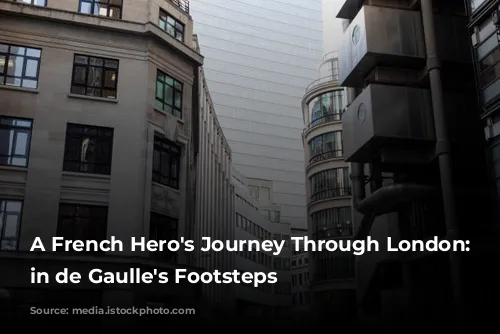
A State Visit in a Time of Transition
In April 1960, as President of the French Republic, de Gaulle made a state visit to London. This visit took place during a sensitive period, marked by the height of the Algerian crisis and the British government’s consideration of joining the European Common Market. Upon his arrival at Victoria Station, de Gaulle accompanied the Queen in an open carriage to Buckingham Palace. Over the course of the four-day visit, he attended a gala ballet performance at Covent Garden, visited the Royal Hospital, Chelsea, and addressed the Houses of Parliament – this time in French – at a ceremony in Westminster Hall, complete with a military band.
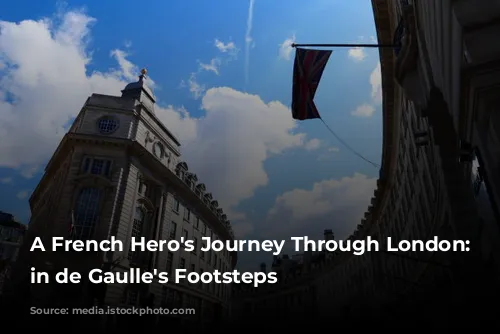
A Grand Review and a Solemn Salute
The culmination of the 1960 visit was a full-scale review of the Household Brigade at Horse Guards. De Gaulle was the first and only foreign head of state ever to be invited to participate in this prestigious event. Accompanied by Prince Philip, de Gaulle rode down the Mall in an open carriage, wearing the uniform of a général de brigade. In a gesture of respect for his guest, Prince Philip also wore a brigadier’s uniform that day. As the carriage passed the steps leading up to Carlton Gardens, de Gaulle raised his hand in a solemn salute to his old comrades.
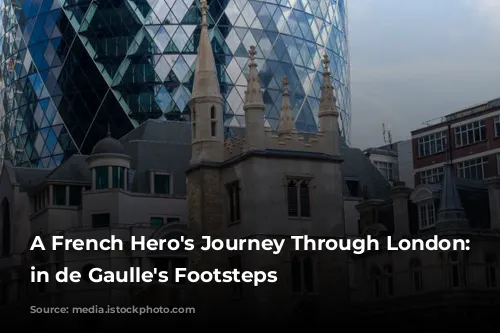
Reliving History: Explore London with a Blue Badge Guide
There are many ways to explore London in the long footsteps of Charles de Gaulle. What better way than to do so in the company of a London Blue Badge Tourist Guide? They can bring the past back to life!

